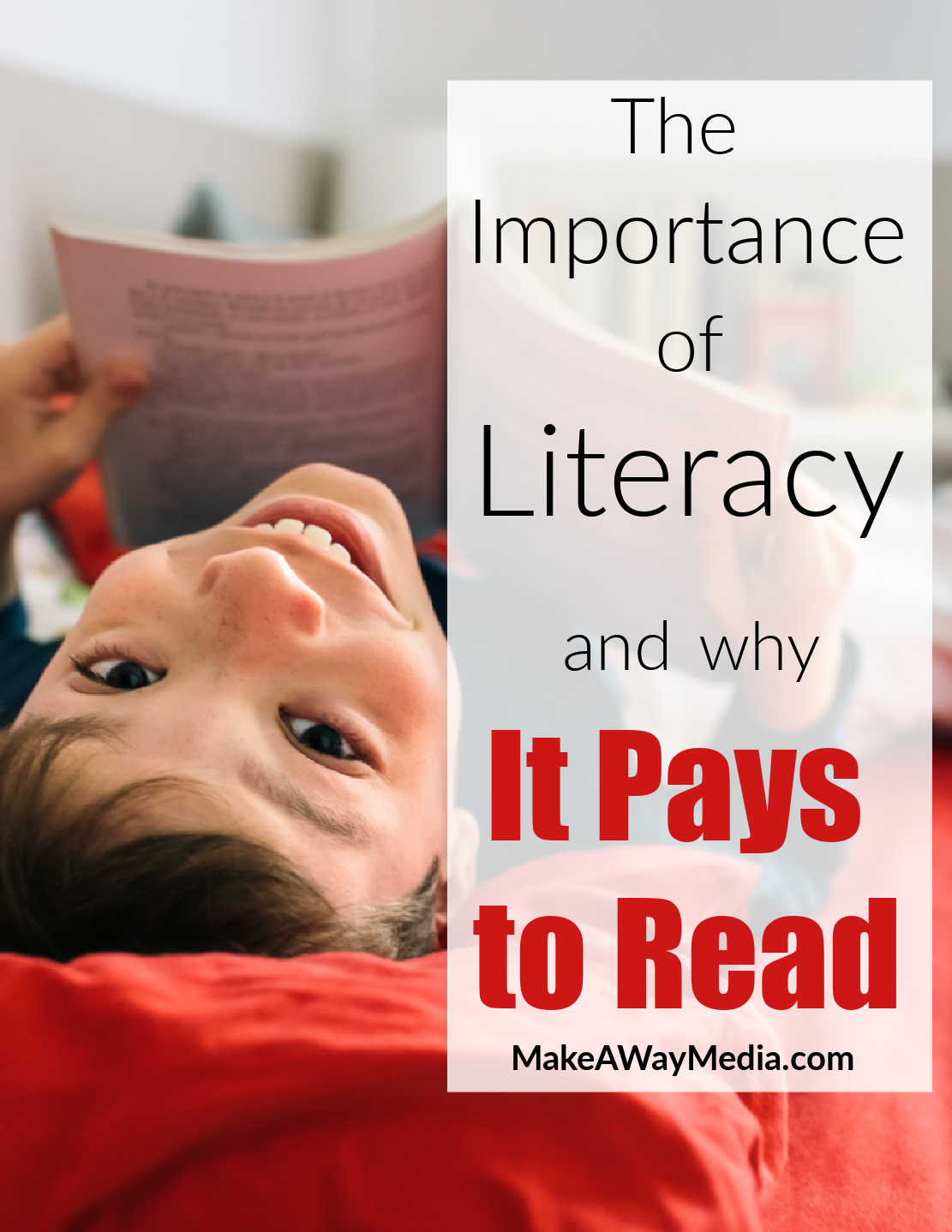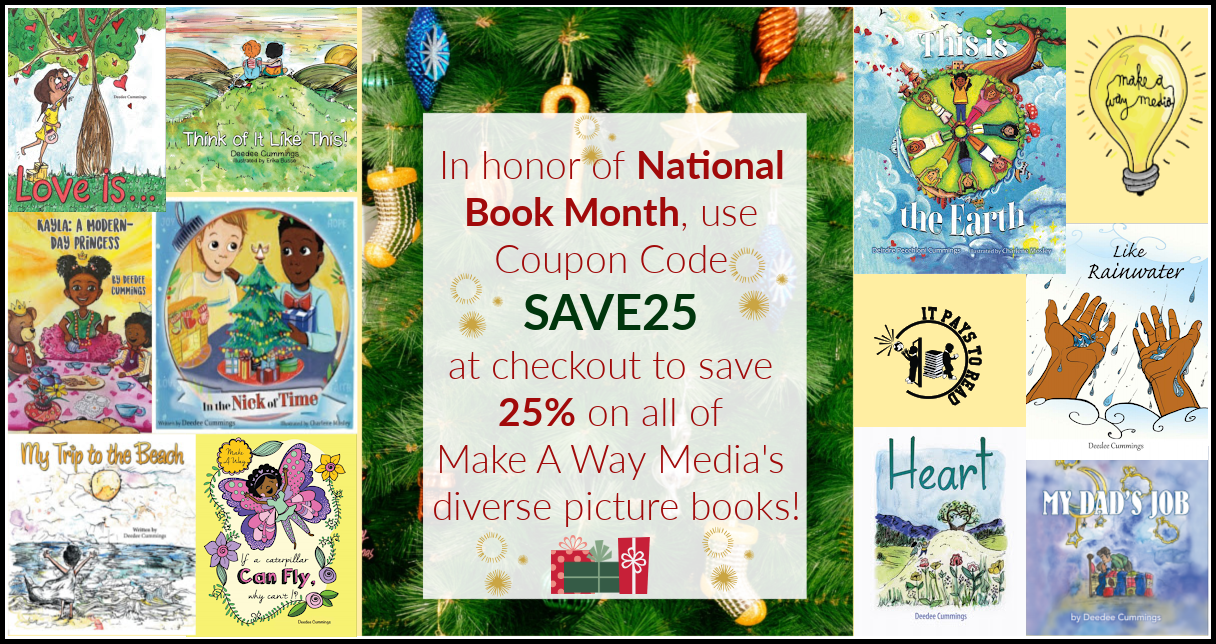Based on research, more than 65% of students cannot read at a proficient level by 4th grade and are projected to end up in jail or on welfare.
Did you also know that over 70% of America’s inmates cannot read above a 4th-grade level? Here are five more literacy facts you may not be aware of:
- 1 in 4 children in America grows up without learning how to read.
- Students who don’t read proficiently by the 3rd grade are four times more likely to drop out of school.
- Nearly 85% of the juveniles who face trial in the juvenile court system are functionally illiterate, proving a close relationship between illiteracy and crime.
- 53% of 4th graders admitted to reading for fun “almost every day,” while only 20% of 8th graders gave the same report.
- Reports show that the high rate of illiteracy in the United States directly costs the healthcare industry over $70 million every year.
Shocking, yes?
I stumbled across the stats on illiteracy, and though they sadden me, they didn’t surprise me. I think most Americans think that illiteracy means that a person cannot read. I know from working with kids in my office or in homes and school systems that most kids can sound out words. But they cannot comprehend what the words mean when strung together.
Knowing that action needed to be taken, I used my therapy, business, and law background to create my literacy initiative. It Pays to Read was formed in 2017, and I feel that the absolute best way to help children become better readers is to help them read the things they find enjoyable in books, magazines, and stories.
Here are a few more examples of The Importance of Literacy and Why It Pays to Read:
Children who read often become better readers
Children must have lots of opportunities to read, and that means having books readily available to them. Kids are also more likely to want to read if the book they are offered pertains to something they are interested in. One-hundred percent of the kids in our It Pays to Read program reported that they never knew that reading could be fun. Now, that was shocking to me. But they just had not had this modeled for them. They were reading the things their teachers gave them in school, which always felt like work. No one was giving them books or magazines that they might find entertaining.
It Pays to Read gives kids books that they want to read because the characters and the stories reflect their own experiences. If they’re going to read it, they will read more of it, which gives them more opportunities to improve their comprehension of words and meaning.
Reading exercises our brain
Reading is an exercise for your brain, and just like lifting weights builds more prominent muscles for our bodies, reading books builds healthier brains.
It Pays to Read allows kids to process what they read, which expands their vocabulary, further improves their comprehension of what they read and how they can incorporate that information into their own lives.
Reading improves concentration
Children in our country are experiencing shorter and shorter timeframe abilities to sit still and absorb comments. Everything is swipe swipe swipe or scroll scroll scroll. I believe this is why this generation prefers Instagram over Facebook–because Instagram moves at a faster pace, and you tend to have to read more on Facebook. You miss out on so many things when you do not center yourself and read.
It Pays to Read provides children with an opportunity to sit quietly and read. While reading, we ask them to get comfortable. Sit or lay wherever they like and to focus on their breathing. It is the only time many of them sit still all day.
Reading helps children build a higher level of empathy for themselves and others
The illustrious American writer James Baldwin said, “You think your pain and heartbreak are unprecedented in the history of the world, but then you read. It was books that taught me that the things that tormented me most were the very things that connected me with all the people who were alive, who had ever been alive.”
It Pays to Read provides a space for commonality and unity for discussions and epiphanies about the world. Children who don’t have many opportunities for travel and extracurricular activities often do not develop a broad world view without the intervention of this modeling through books and other types of cultural passes. In our group, children can read, share, and hear about the experiences of others, which gives them a richer perspective of the world around them and our neighbors on the planet.
Children who are more confident about reading are more confident in school
Better readers tend to achieve better results across all school subjects, and research has shown that students who cannot read left school because they felt it was too hard. Once they get behind, it is so difficult to catch up, and not being able to read puts them behind in every class.
Children who attend It Pays to Read share with us that they have more confidence about speaking up in class because they have been supported and encouraged to share their thoughts in our group. Their feelings have also been validated, which assures them they are on the right track. Our kids know that the shame is not in speaking their minds, but in not asking questions or expressing their thoughts at all.
The It Pays to Read program was founded by Deedee Cummings in 2017 and is based in Louisville, Kentucky. The program is a 501 c3 founded with a mission of helping even children through the powerful work of increasing literacy, employment, and mentoring opportunities, behavioral health, and independent living skills.
It Pays To Read works. It is powerful—life-changing work. Please join us, and thank you!

Sources:
1 Write Express Corporation. “Literacy Statistics.” Begin to Read. February 24, 2015.
2 Write Express Corporation. “Literacy Statistics.” Begin to Read. April 16, 2019.
3 The Annie E. Casey Foundation. “Students Who Don’t Read Well in the 3rd Grade Are More Likely to Drop Out or Fail to Finish High School.” February 25th, 2019.
4 Blankenship, John. “Functional illiteracy continues to grow, but there is help. The Register-Herald. April 16th, 2014.
5 National Center for Educational Statistics. “The Condition of Education, 2009.” U.S. Department of Education in 2018.
In honor of National Book Month in October This is the Earth along with any book in the Make A Way Media catalog, will enjoy a special discount AND free shipping by using SAVE25 at checkout!




